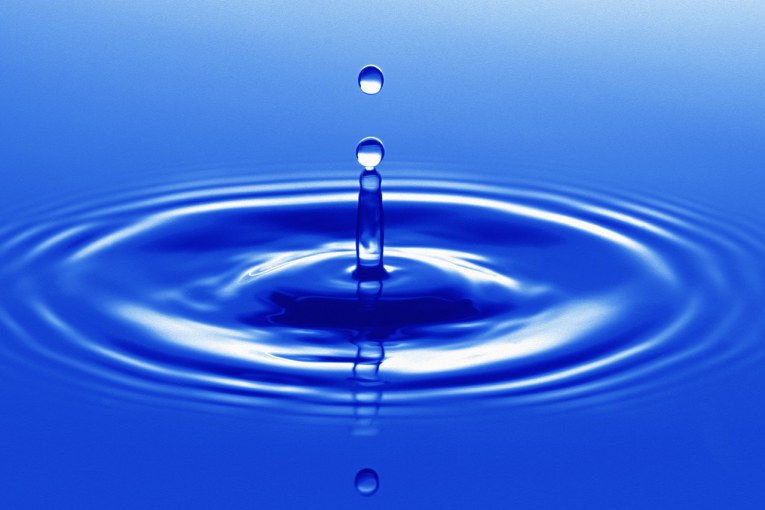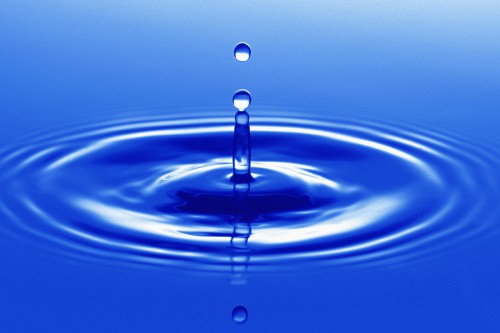

By Jose Cruz Roa
SACRAMENTO, CA – Recently, California Governor Gavin Newsom has called for California residents to voluntarily cut their water usage by 15 percent. However, in March, urban water usage increased by more than 19 percent, which led Governor Newsom to warn local officials that more needs to be done to save water and make sure all residents realize how urgent the water crisis is.
“Every water agency across the state needs to take more aggressive actions to communicate about the drought emergency and implement conservation measures,” Newsom said. “Californians made significant changes since the last drought but we have seen an uptick in water use, especially as we enter the summer months. We all have to be more thoughtful about how to make every drop count.”
Adel Hagekhalil, general manager of the Metropolitan Water District, attended the meeting and said the district supports Newsom’s call for reducing water consumption in order to tackle California’s drought issue, ahead of the summer months.
“We appreciate the governor’s collaborative approach in addressing statewide drought conditions by allowing water agencies to determine the water savings actions appropriate for the specific circumstances of their communities,” Hagekhalil said in a statement. “Different parts of our state have different water supply sources and are being affected by the state’s drought differently.”
Currently, 80 percent of Californian water is used by agriculture while the other 20 percent is used by cities and towns.
In a report for the California Department of Food and Agriculture, researchers calculated that reduced water deliveries have resulted in 395,000 acres of cropland left dried and unplanted last year. Additionally, this drought has caused the state’s agriculture industry to shrink by an estimated 8,745 jobs and resulted in 1.2 billion dollars in costs due to water cutbacks.
Across the western United States, scientists have reported that the extreme dryness since 2000 has become the driest 22-year period in the last 1,200 years, and have found that it has been intensified due to climate change.
In addition, scientists have described this trend as aridification and have stated that the West must prepare for heat-driven drying to continue as temperatures climb with the rising levels of greenhouse gasses and the burning of fossil fuels.
“I’m asking all Californians to step up, because every single drop counts,” Newsom said.
As the drought worsens, state water regulators have adopted new emergency water rules to ensure more conservation statewide. The state water resources Control Board voted on the emergency drought regulation in response to Governor Newsom’s March executive order.
Previously, advocates such as Jessica Gable, a spokesperson for the Food and Water watch which is an advocacy group aimed at corporate and government accountability, have argued that government officials should focus less on residential water cuts and instead focus on mandating large businesses and industries that use the most water.
“There has been no effort to curtail the industries that are using the most water, which are coincidentally the industries that are also sending out the most emissions that are fueling the climate crisis,” argued Gable.
This new regulation also called for a ban on irrigating “non-functional” turf at commercial, industrial and institutional properties such as grass in front of large industrial buildings. Officials have defined “non-functional turf” as turf that is solely ornamental and is not regularly used for recreational purposes.
Furthermore, the new regulation also requires all local water suppliers to implement water use restrictions as summer begins to approach. Suppliers will have to take action under level two of their water shortage contingency plans as well as limit residents on outdoor water that only allows them to water their yards on certain days or during specific hours.
“The severity of this drought requires all Californians to save water in every possible way,” State Water Board chair Joaquin Esquivel said.
